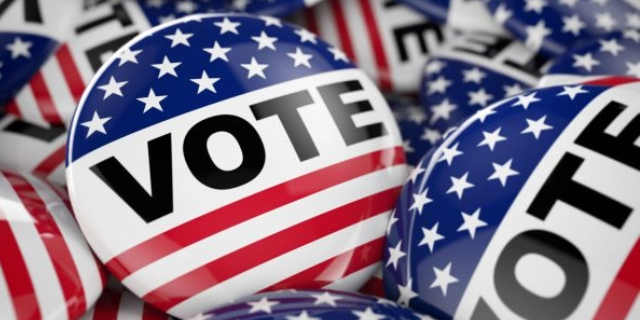Missing the target: Oregon falling short of adult higher education goals
Published 11:45 am Monday, October 16, 2023

- Oregon set a goal in 2018 to have 300,000 adults over the age of 25 earn a college degree, community college certificate or industry credential by 2030 to meet the projected demands of Oregon’s workforce.
Three years into a decade-long drive to increase the number of adults with postsecondary degrees, Oregon has fallen behind its target pace.
In 2018, state leaders set a goal to have 300,000 adults over the age of 25 earn a college degree, community college certificate or industry credential by 2030 to meet the projected demands of Oregon’s workforce.
That meant Oregon needed to entice 100,000 additional adults, most of whom were in the workforce, to return to college to earn credentials by 2023.
The state has made some progress toward that goal, but not fast enough, Amy Cox, director of research and data at the Higher Education Coordinating Commission, told the commission at its meeting on Wednesday. In its first two years, Oregon fell 15,000 people short of the 60,000 needed to meet the 2030 target.
“Either we’re going to have to really ramp up or we’re not going to meet the goal,” Cox told commissioners.
What’s more, the number of adults earning credentials in the next two years could go down, the commission’s research shows, because higher education enrollment among adults over 25 has “fallen significantly,” about 47% between 2013 and 2021. That enrollment decline is steeper than the 28% enrollment decline among younger adults of more traditional college-age.
“The coming years carry some concern for me,” Cox said. “Enrollment has declined recently and will need to rise much more than it has.”
Part of Oregon’s adult education goal is to reduce disparities in degrees earned by adults depending on their race, ethnicity, income level and geography.
Data from the first year of this goal, the most recent outcomes the commission’s report provided for demographic groups, shows little progress on that front. While the percentage of Black adults and Latino adults earning degrees increased by 1 percentage point between 2020 and 2021, slightly closing that gap, the percentage of Native American adults and Native Hawaiian adults earning degrees declined. There was some positive signs that the gap between low-income and non-low-income adults with degrees could be narrowing, Cox said, but no progress closing the gap between rural and urban degree earners.
“We’re seeing educational attainment rise for all groups, but it’s got to rise faster for underserved groups to be able to close that gap,” Cox said.
The commission’s report found that in 2021:
- 56% of white adults 25 and older had a postsecondary degree, compared to 51% of Black adults, 33% of Latino adults, 65% of Asian American adults and 37% of both Native American and Native Hawaiian adults.
- 38% of low-income adults had a postsecondary degree, compared to 59% who live above the poverty line.
- 42% of rural adults had a postsecondary degree, compared to 56% of adults in urban areas.
State lawmakers have invested in Oregon’s adult attainment in recent years, including pouring $200 million into a Future Ready Oregon plan to boost workforce training for adults from historically underserved communities. And despite falling behind schedule, Oregon managed to increase the number of adults who earned credentials in 2020 and 2021 beyond the roughly 20,000 a year who were already expected to earn degrees when the goal was first established. Cox said even meeting the 20,000 a year mark was “not a small accomplishment,” given the challenges that the pandemic caused for higher education.
“Expanding that 200,000 by another 50%, that’s the tall order. At the current rate, we’re not making that,” she said.
Commissioner and former Oregonian editor Sandy Rowe called for more investigation.
“I’m wanting a plan or proposals on what we need to change,” Rowe said. “What would have to change for us to meet that goal and how would we do it?”






